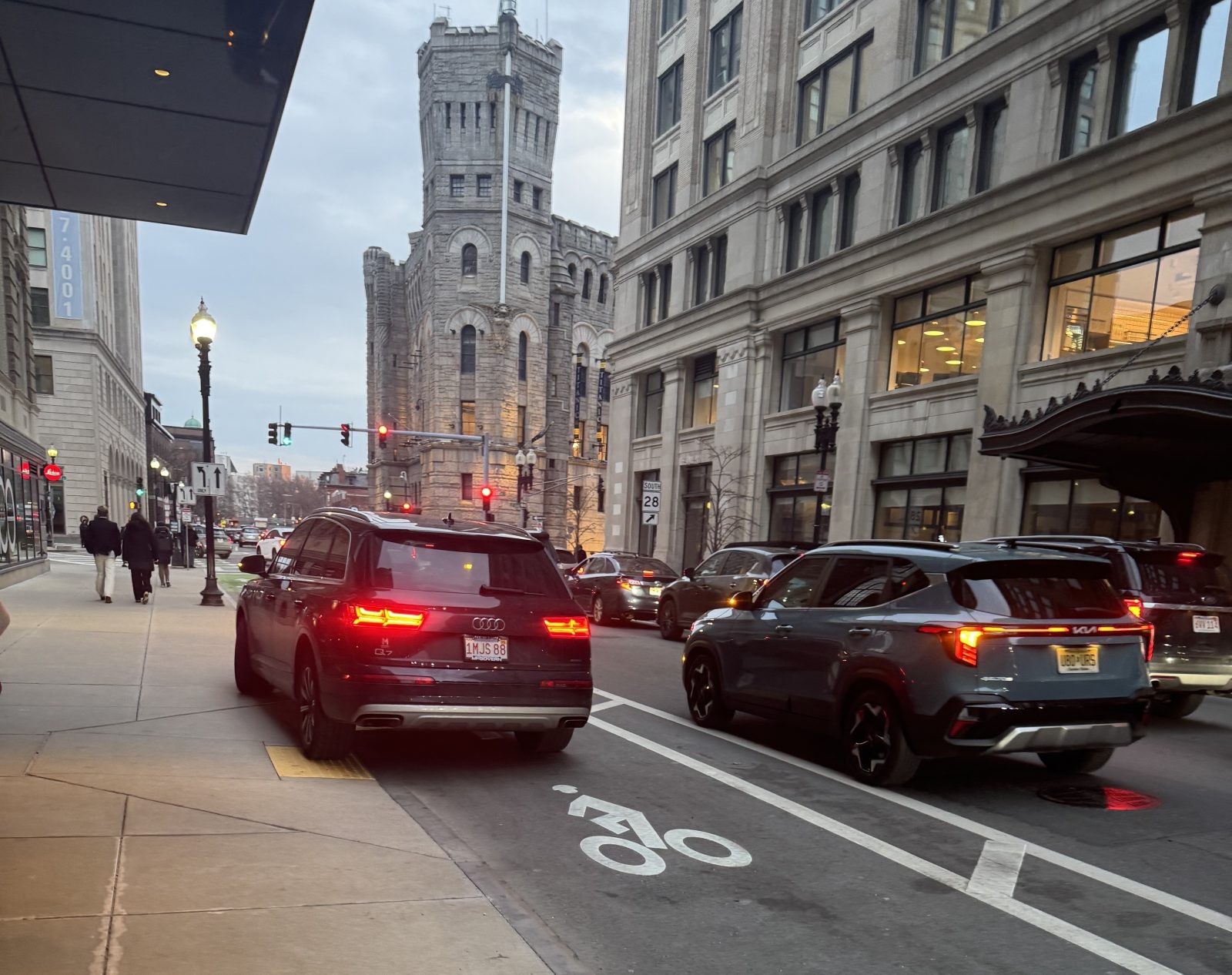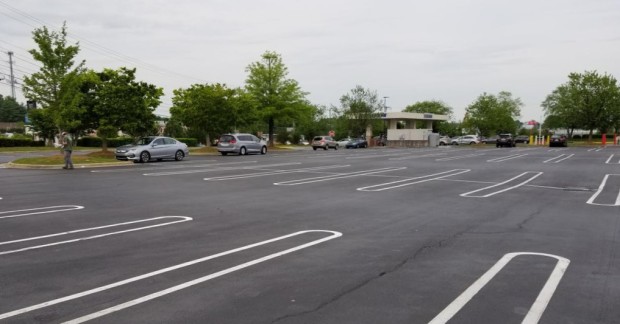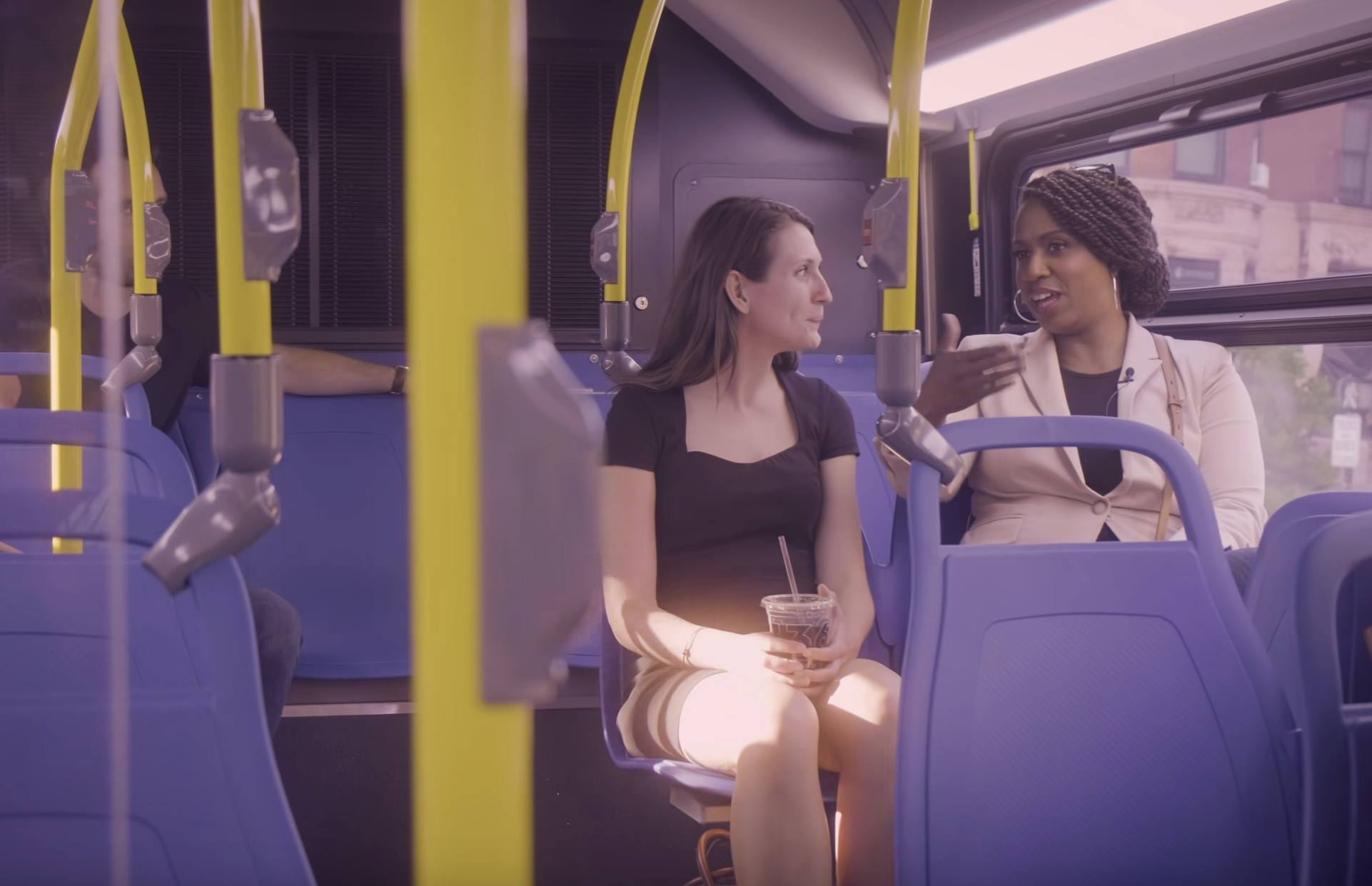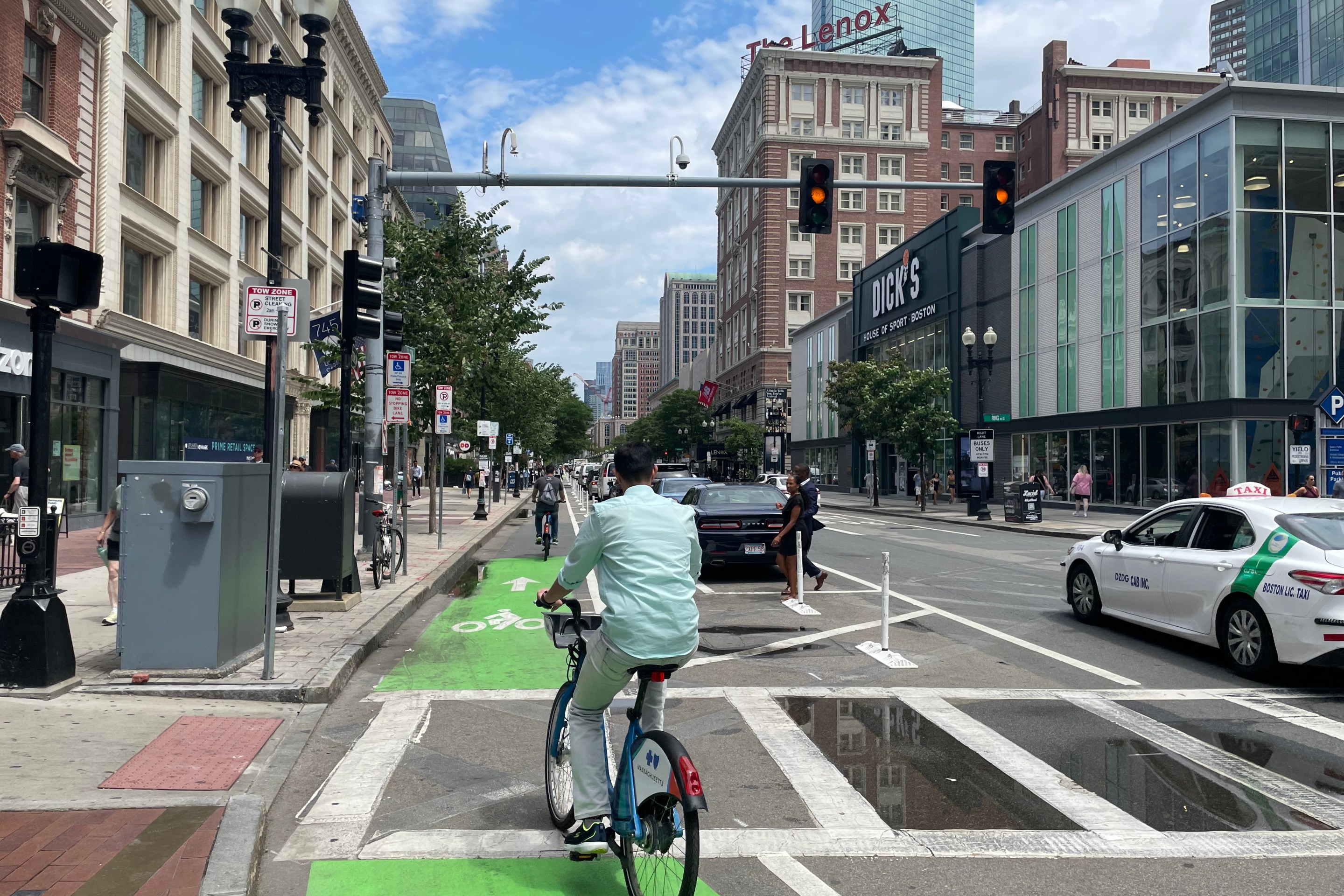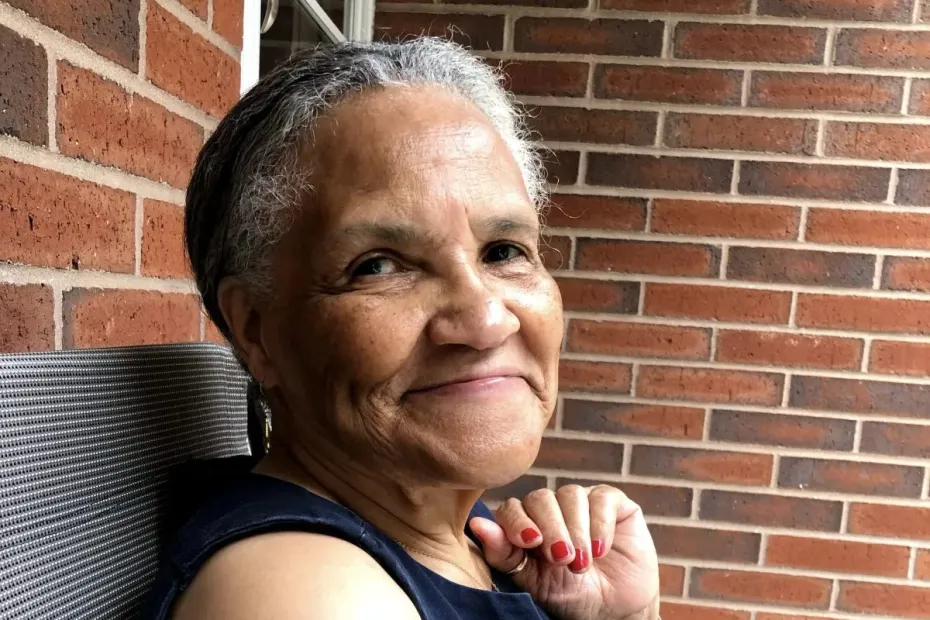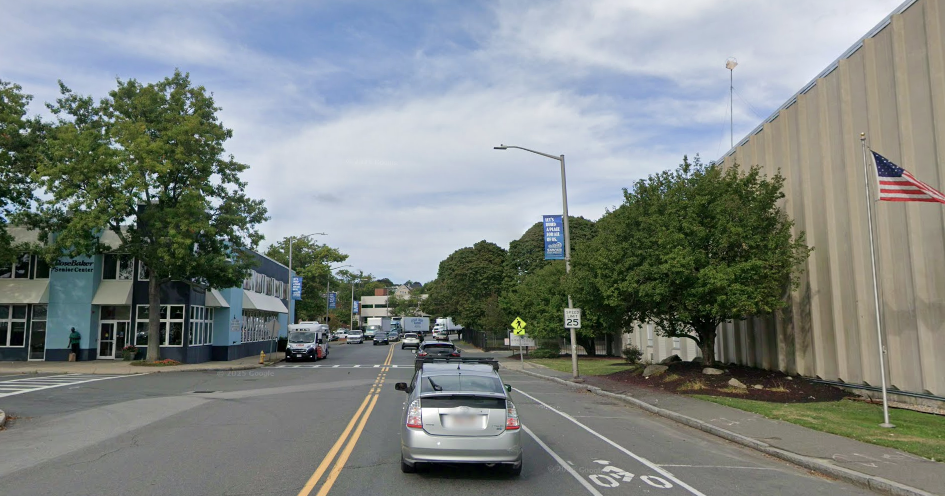During an appearance on Boston Public Radio Tuesday, Mayor Wu admitted that the city's removal of protective barriers along several key bike routes last month was a "mistake," and went on to express an interest in replacing flexible-post bollards along many of the city's bike lanes with more permanent and durable materials.
Prompted with a question from Tiffany Cogell, the new executive director of the Boston Cyclist's Union, Mayor Wu talked for nearly 10 minutes about bike lanes and other street safety issues during her monthly hour-long "Ask the Mayor" segment with GBH.
Cogell, who was attending the radio show recording in person at the Boston Public Library, took the mic during a question-and-answer segment of the program.
She identified herself as the executive director of the Boston Cyclists Union and asked why the city had removed protective bollards along several busy bike lanes last month.
"What would you like to say to the community who uses these protected bike lanes, and relies on the safety of these flexposts?" Cogell asked Mayor Wu. "Because there was no confirmation, there was no communication."
Mayor Wu told Cogell that she'd visited the Mass. Ave. bikeway in person to see where her staff had removed protective barriers from the street.
"Even as I was out there in the middle of the day, around 1 p.m., multiple cyclists were using it, it was very busy going both directions," said the Mayor.
"There was one place, that was probably maybe a 20-foot stretch, where flexposts had not been in concrete barriers, and were directly in the ground, that had been removed. That was a mistake not to have the concrete barrier replacing that. And so that is being put back, if not already, it will be put back soon."
The Mayor did not address the city's removal of protective bollards on Arlington Street in Back Bay and Summer Street in the Seaport.
Wu reaffirms her support for safer streets, with caveats
The Mayor also insisted that her administration was not removing bike lanes.
"I want to be clear that I have and always will support bike lanes and separated infrastructure as the safest way to get around. We need our roads to work for everyone, for pedestrians, for drivers, and for cyclists," said Mayor Wu.
But the Mayor also acknowledged bike lane skeptics, and repeated several of their favorite talking points.
"We need to be at a point where we are holistically improving how we do this," said Mayor Wu. "Because it is a citywide concern right now, that the cycle lanes have been causing traffic, or causing inconvenience, or hurting economically."
There is, in fact, no real evidence for those claims. Numerous empirical studies have found that networks of protected bike lanes help reduce traffic congestion in cities with limited roadway space.
Doing better than flex posts
The Mayor also expressed interest in replacing the relatively low-cost materials the city has been using to protect bike lanes with more substantial infrastructure.
"Let's make that infrastructure permanent. Let's go from flex posts that can be knocked over, and then are like litter on the ground... let's take the resources and build out a sidewalk level separated bike lane, like the Southwest Corridor or like streets in the Seaport, where even drivers say it just feels so much better."
Mayor Wu also cited the city's quick-build project on American Legion Highway as one that would benefit from more permanent changes.
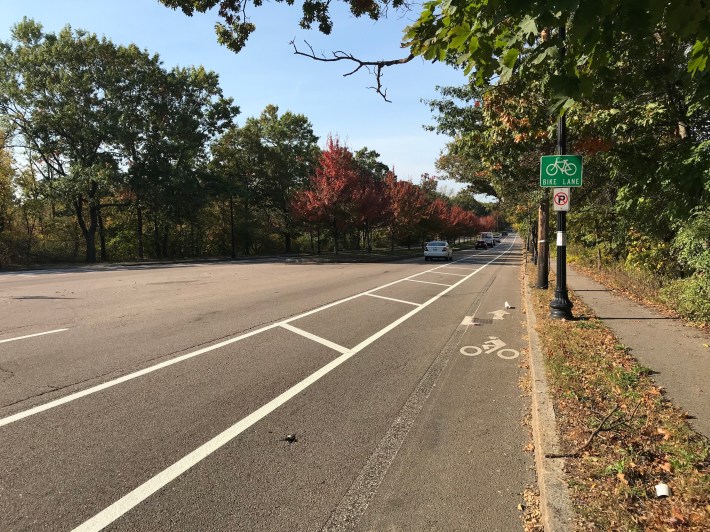
"It was a very dangerous two-lane straightaway with frequent crashes from drag racing. The roadway was narrowed, it is much safer now. It's been working well. But it is such a large sea of flexposts, all the way down, and such a large expanse on the other side of those posts."
The Mayor suggested the city might consider replacing some of the asphalt on American Legion Highway with greenery and trees, or swapping the curbside bike lanes with a sidewalk-level bike path that's fully separated from the roadway.
"We can't just stay stuck with what was intended to be fast, cheap and tactical... Let's take it to the next phase now as a city and have our infrastructure that prioritizes safety, includes every everyone's need in the community, and also reflects our long-term commitment to doing this right."
StreetsblogMASS caught up with Cogell by phone on Tuesday evening to see how satisfied she was with the Mayor's answer.
"I always want to be respectful of the mayor's postion as a woman and a woman of color, who is navigating everything she has to navigate and also protecting our most vulnerable neighbors," said Cogell. "However, the question still begs to be answered, why were these changes made? How did that happen, after hundreds of hours worth of relationships and capacity building had been spent with the City of Boston and her constituents to plan these safety improvements?"
Watch the Mayor's full response below:
